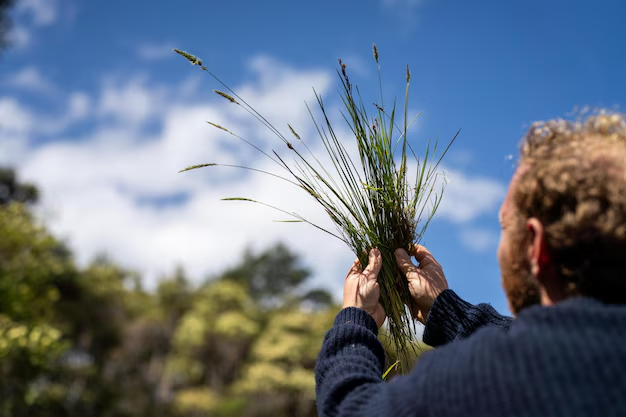Introduction to Climate Change Adaptation in Somali Agriculture
Somalia, a country characterized by its arid landscapes and rich pastoral traditions, stands at the forefront of a global challenge: climate change. As temperatures rise and precipitation patterns shift unpredictably, Somali farmers are creatively adapting to ensure food security and economic stability. The resilience and innovation displayed by these farmers have attracted attention, offering a unique lens into how a nation vulnerable to climate change can pivot towards adaptation and sustainability. Whether you are a local resident or a visitor, there are plenty of opportunities to explore how these adaptive strategies create services, attract visitors, and support local businesses.
Why Somalia?
The agricultural sector in Somalia forms the backbone of the economy, engaging approximately 80% of the population. Given the nation's reliance on farming and pastoralism, the implications of climate change are particularly acute, driving an urgent need for adaptation. Despite the challenges, Somalia has become renowned for its ingenious approaches to combating climate change. Collaborative efforts between local farmers, NGOs, and international agencies have spurred growth in climate-resilient agriculture, making the country a compelling case study for adaptation strategies in harsh environments.
Popular Services and Innovations
One can observe various pioneering services and techniques being adopted by Somali farmers:
Climate-Resilient Crops: In response to shifting weather patterns, farmers are increasingly cultivating drought-resistant crops such as millet, sorghum, and specific varieties of maize designed to thrive in drier conditions. Visitors can discover local markets where these resilient crops are sold and learn about the cultivation processes adapted to climatic changes.
Water Conservation Techniques: Water scarcity is an ever-present concern, pushing the development of innovative irrigation systems. Techniques such as rainwater harvesting, drip irrigation, and the use of solar-powered pumps are gaining traction. Engaging with local community projects or NGOs dedicated to these technologies offers insights into sustainable water management practices vital for arid regions.
Agroforestry: The integration of trees into traditional farming systems not only combats erosion but also creates a more stable microclimate. Tree planting initiatives can be found across various regions, and NGOs often welcome volunteers who wish to contribute to these greening efforts, offering hands-on experiences in sustainable land management.
Attractions and Cultural Experiences
For those interested in cultural and environmental exploration, Somalia provides several attractions tied to agricultural adaptation:
Farming Co-operatives: Many regions host co-operatives where visitors can participate in workshops and witness firsthand the collective efforts of farmers adapting to new agricultural norms. These co-ops often provide educational experiences about sustainable farming practices, offering tourists a unique perspective on local livelihoods.
Agricultural Fairs and Expos: Over the years, regional fairs and expos have become platforms for the exchange of knowledge and technology in climate adaptation. Visitors can tour exhibitions featuring the latest in sustainable farming technologies, gain insights from local farmers, and even purchase products directly supporting climate-smart agriculture.
Community-Based Tourism: Some villages offer community-based tourism opportunities, where travelers can stay with local families, immerse themselves in daily farming activities, and learn about the traditional ways coupled with modern adaptations. This form of travel not only supports local economies but also educates visitors about resilience in agriculture.
Explore Further
For anyone captivated by how farmers in Somalia are adapting to climate change, there are countless avenues to delve deeper. Consider exploring subcategories such as sustainable livestock management, the role of technology in climate adaptation, or the impact of environmental education programs on farming communities. Whether through discovery or active participation, visitors and locals alike are bound to gain a richer understanding of the remarkable efforts underway in Somalia's agricultural heartlands.
